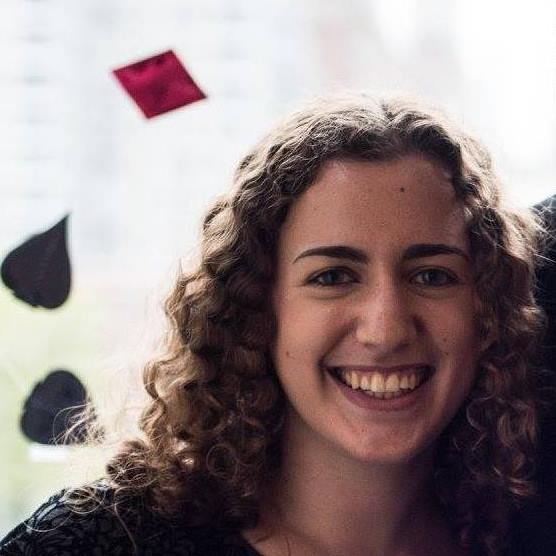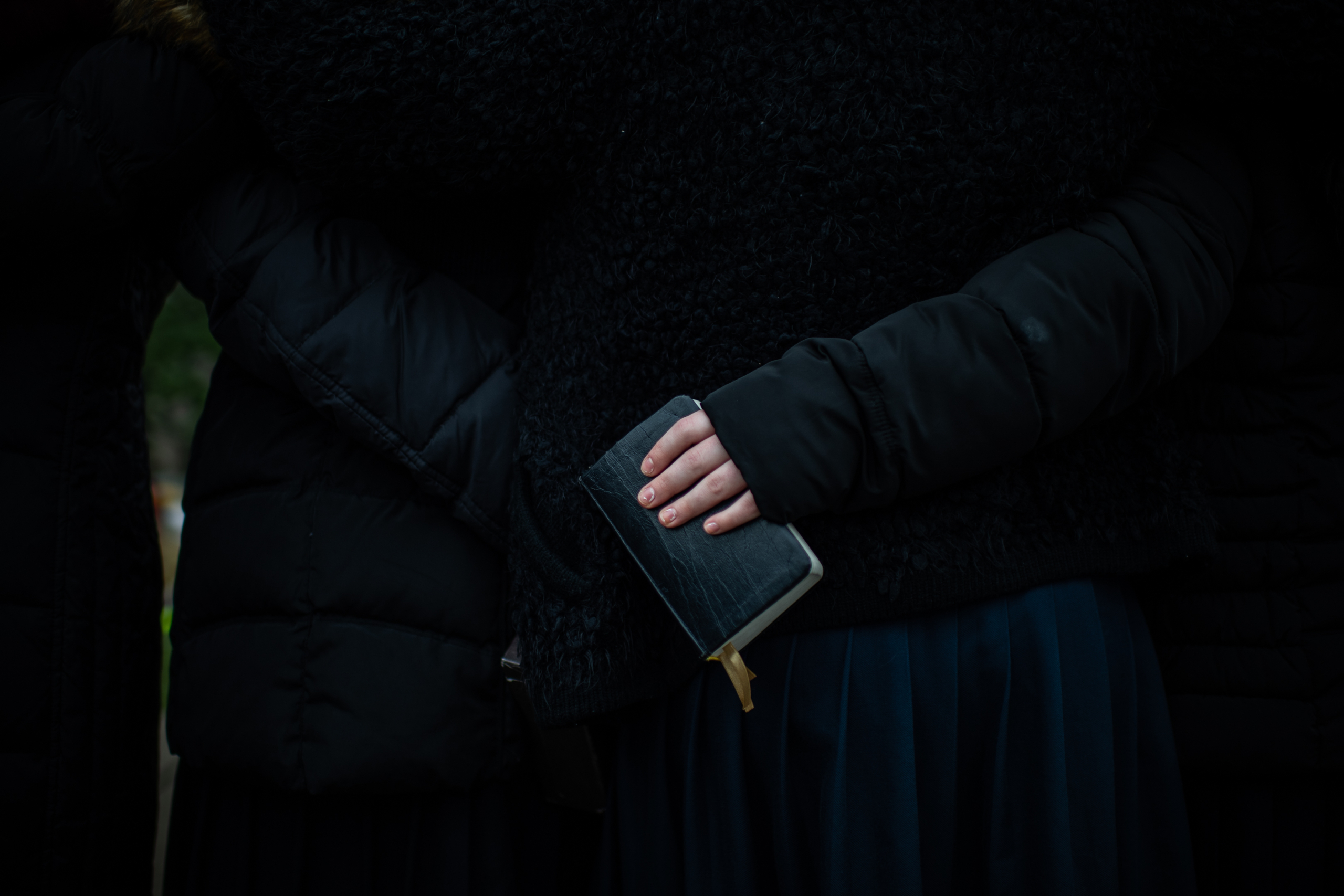Sign up for The Media Today, CJR’s daily newsletter.
When I first learned that there had been a shooting at a synagogue in Pittsburgh, two questions immediately came to mind: Is my friend’s family okay? And how are we, at the Jewish Week, going to cover this event?
Later that day, I learned that my friend’s father, who is the rabbi of New Light Congregation, one of three congregations housed in the Tree of Life building, had survived the attack. The next day, I boarded a plane to Pittsburgh to report.
My connection to the shooting was not particularly unusual for a Jewish reporter. The Jewish community is small, with everyone connected to one another by fewer degrees of separation than it takes to get to Kevin Bacon. In fact, my proximity was emblematic of the intimacy with which the attack in Pittsburgh affected Jewish communities across the country.
While other reporters went through the motions of reporting on a shooting—stories on the details of the shooting, the type of gun used, and speculation as to how this incident would affect the national conversation about gun control—I found myself performing an altogether different role. I, along with reporters from other Jewish publications did the job of ethnic media: we were there as an extension of the national Jewish community, offering comfort to our readers and to our subjects, simply by doing our jobs.
“At its best, ethnic media is about bringing out the fullness and the richness of a particular community with cultural competency and knowledge,” Yair Rosenberg, a senior writer at Tablet, told me after returning to New York. “Ethnic media is designed for this, this is what they do.”
MORE FROM CJR: The past and future of America’s black press
The week was rife with Jewish symbolism that the average reporter might have missed. There was a public recitation of the kaddish, the prayer usually recited by mourners following the passing of a close family member, by an entire crowd assembled at the Soldiers and Sailors Memorial Hall on Sunday night. I heard familiar psalms recited in contexts I had never encountered before. The words of psalms 121 and 130, traditionally recited in times of trouble or for healing, instantly connected this tragedy to past Jewish tragedies and to the long history of anti-Semitism. The songs at the protest the day of President Trump’s visit ranged from those sung around the campfire at Jewish summer camps to a more recent composition by a rabbi written expressly for Jewish protests such as this. I gave these songs, heard at funerals, prayer services, vigils, and protests, a prominent place in my reporting.
So much of the Jewish community’s response was in the routine acts, the return of the children to the synagogue preschool, now under the watch of an armed guard, the rabbis trying to divine some inspiration to share with their congregants for their weekly sermon on the first Shabbat after the attack. The task of transmitting the feeling of abnormality in the midst of routine, of the ordinary and the extraordinary mixed together, fell to the reporters who were most familiar with that routine, the reporters from Jewish publications.
Ron Kampeas, Washington bureau chief for the Jewish Telegraphic Agency, went to a vigil at sundown on the day of the attack. He noticed that the organizers began with havdala, the ceremony marking the transition from Shabbat to the rest of the week. “They chose to do a havdala ceremony at the vigil and I wrote about that in my story,” he said. “I don’t know how many people writing about the vigil described havdala or what it meant.”
Aiden Pink, deputy news editor at the Forward, made a point of going to services at a local synagogue on Sunday morning, the day after the attack. “Being able to talk to the people there, knowing the structure of the service, knowing what was going on, having a shared vocabulary made it easier,” said Pink. “I work for a place that wants to know what a minyan [prayer quorum] the morning after looks like and would be able to understand the nuances of that.”
Armin Rosen, a contributing writer for Tablet who reported from Pittsburgh for over a week, said his stories were meant “to convey what it was actually like, minute to minute and hour to hour.”
“I think what we were able to capture was both the horrific attack but also what this community looked like the day before,” Stephanie Butnick, deputy editor of Tablet, told me after returning to New York. “What we wanted to show was both the tragedy and the context.”
And the community seemed to extend a special generosity to reporters for Jewish publications. “I think people liked talking to Jewish publications,” said Butnick. “In addition to the mainstream media that sort of descended on Pittsburgh, these were voices committed to telling not just the story of another shooting, but what it actually looks like when a Jewish community gets targeted and how terrifying it is for them.”
Of course, that familiarity with which reporters for Jewish publications approached the story also posed a challenge. The people I met in Pittsburgh would ask me how I was doing with the understanding that I didn’t have the emotional distance of an outsider. It wasn’t hard to imagine something like this happening in my own synagogue, or as Rosen put it, there was nothing “abstract” about this.
“When you go in as a reporter, you have your notebook, you have your recorder, you have these things that keep you on the other side of the story,” said Butnick. “When you put the notebook down, it was an awful thing to see and, though it was important to bear witness as a journalist, it was also really, really hard.”

Shira Hanau. Credit: Noah Benus
Has America ever needed a media defender more than now? Help us by joining CJR today.



